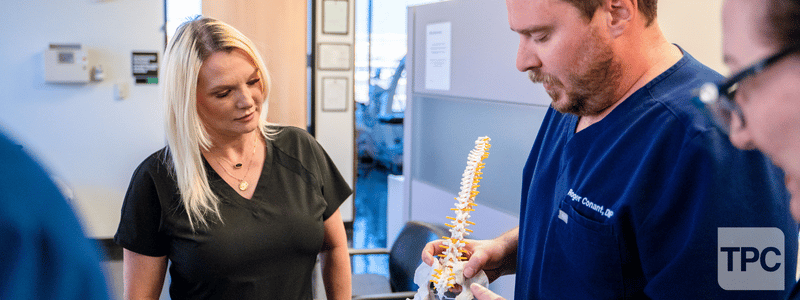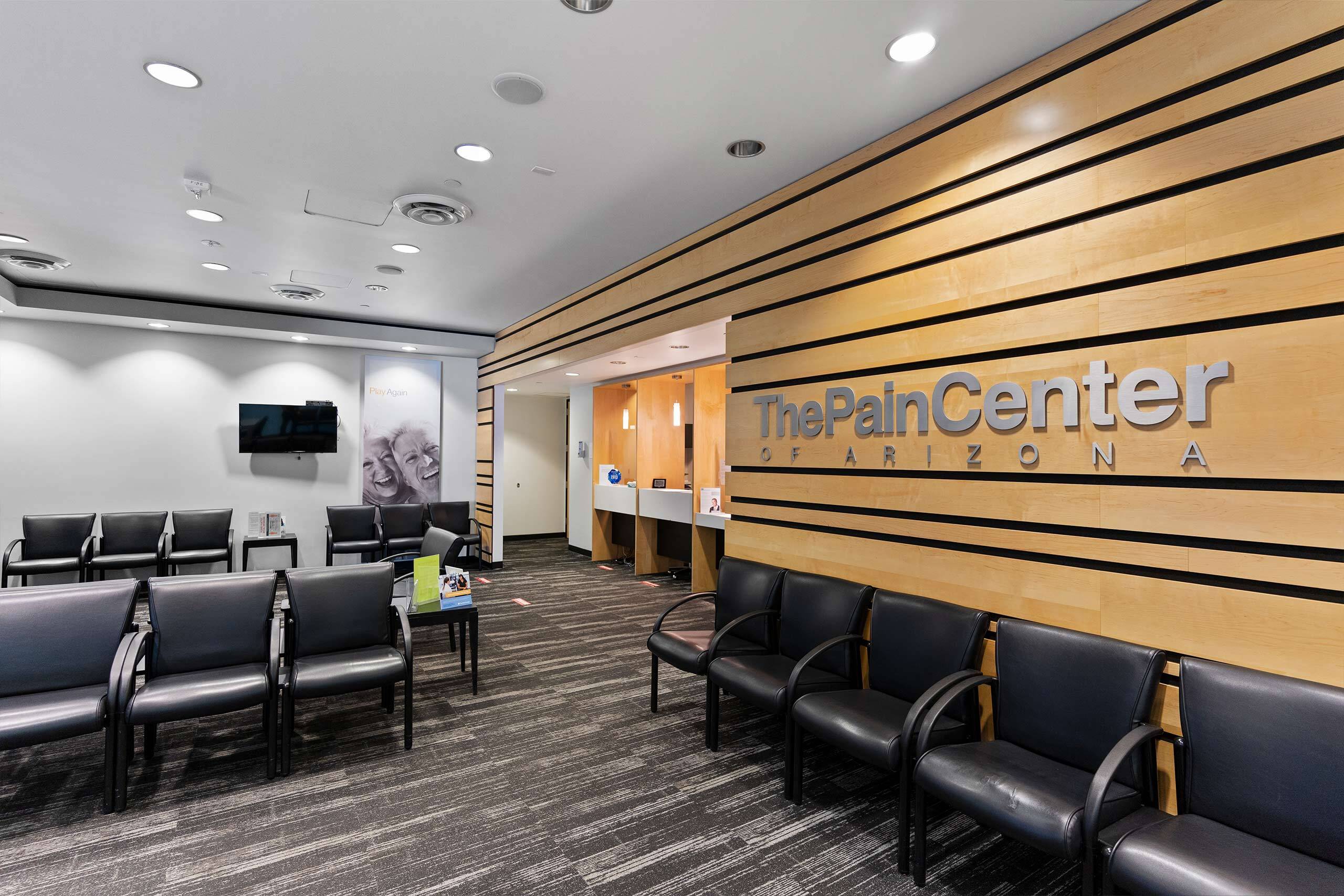TPC Spine Fuse
TPC Spine Fuse is a minimally invasive spinal fusion solution for patients with conditions of spinal degeneration related to stenosis and spondylolisthesis.
Spinal degeneration due to stenosis causes pressure on the spinal cord, pressing against the nerves within the spine. This leads to pain and numbness, making daily living and activities difficult.
Similarly, spondylolisthesis creates instability in the spine causing painful movement of the vertebrae.
TPC Spine Fuse offers an innovative and minimally invasive solution to ongoing spinal pain.





How am I Diagnosed?
Diagnosis is made with lateral X-ray, including flexion and extension views to identify the degree of instability. MRI studies can demonstrate the degree of central or foraminal stenosis (narrowing of parts of the spinal canal) resulting in compression of the spinal canal and spinal nerves.
Myerding Classification (Grades I-V) denotes Grade I as <25% subluxation and Grade II as 25 to 50% subluxation.
How Does TPC Spine Fuse Work?
TPC Spine Fuse is a minimally invasive solution for a degenerative spinal condition known as spinal stenosis that is often combined with spondylolisthesis – a slippage of the vertebrae in the spine. When those bones slip forward or backward, it can wreak havoc on the spinal canal where the spinal cord and spinal nerve roots run. That can cause significant pain across your lower back, moving into one leg or often both legs. If prolonged standing or walking causes significant back pain shooting down your legs, you might have stenosis, which then an X-ray and MRI can be used to identify if there’s any additional instability – spondylolisthesis – adding to the problem.
TPC Spine Fuse utilizes four distinct minimally invasive surgical solutions for patients with conditions of spinal degeneration related to spinal stenosis and spondylolisthesis, including:
- StabiLink
- Aurora Spine
- Minuteman
- Zentech
TPC Spine Fuse utilizes four different solutions depending on your unique problem. We utilize Aurora ZIP, and we utilize StabiLink from a posterior approach. Both of those require a small incision on the back under live X-ray guidance, and we put a small device between the spinous processes that fuse that segment. No longer do you have that tightness, and specifically, no longer are you having that instability where the bones are shifting forward and backward.
We also use a device known as the Minuteman, and this might be an approach where we come from the lateral position. It might be better, depending on your unique anatomy. You’ll talk with your TPC provider as to whether a posterior approach or a lateral approach from the side might be better.
We even have Zen Fuse, which is an oblique approach where we place a small little dowel on each side, another effective way to fuse the spine. Again, it’s that instability forward and backward that’s causing that pain.
Expectations and Recovery
TPC Spine Fuse is an outpatient procedure that typically takes 45 minutes to an hour. You wear a back brace for a couple of weeks, and the recovery time is usually just several weeks before we get you back to life.
Advantages of TPC Spine Fuse:
- Operative time: 40 minutes to an hour
- Minimal blood loss
- Minimal insult to surrounding tissue
- No structural resection leading to spinal instability
- Rapid return to ADLs
- Effective pain resolution



Get the care you need within 24 hours*
We know when you’re looking for relief for your chronic pain, you can’t wait any longer than you already have. This is why we can schedule you with an appointment within 24 hours at most of our pain centers across the Valley, so you can start your journey to life-long pain relief as soon as tomorrow.



